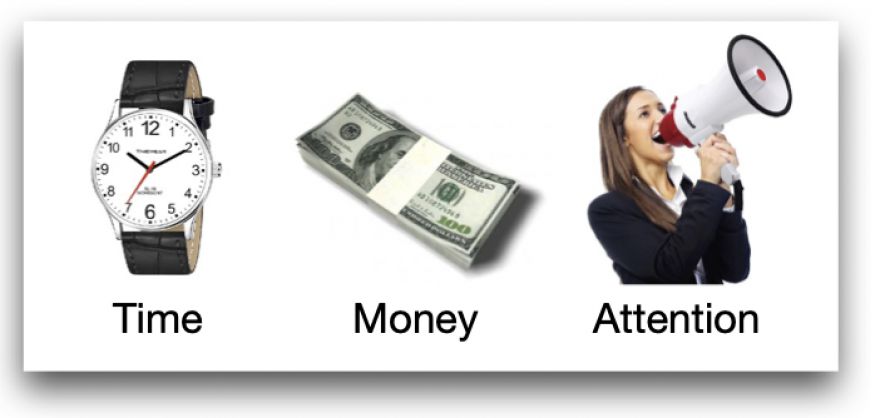
Vol. XXII, No. 9, September 2022
- Editor's corner
- What is the effect of Covid-19 on peoples' lives and expectations right now?
- Fewer Millennials are now married, but more have children
- Changes to participation and time with leisure & entertainment in 2021 compared to 2019
- No, it's not all about the attraction
- U.S. adults have begun to reduce spending on entertainment
- Thoughts on competitive socializing; is it the correct term?
- The impact of remote work on LBE group events
- Has the pandemic changed the importance of in-person socialization?
- Electric Shuffle embraces socialized gaming
No, it's not all about the attraction
When the family entertainment center (FEC) industry first emerged over three decades ago, the focus was almost 100% on the attractions to get people to attend. Since then, the industry has evolved and diversified to what is known as community location-based entertainment (LBE), with many different types of venues targeting many different market niches. And as a result of the industry's evolution, as well as so many other options now competing for customers' leisure time, money, and attention; and customers' evolved expectations, needs, and wants, success is no longer entirely about the attraction.

Yes, the attraction is a part of the formula. But today, the recipe for success is about so much more. It's about the total experience, which has multiple parts, of which the attraction is only one of those parts. Unfortunately, this is what so many LBEs continue to get wrong. What worked decades ago is no longer successful. It's no longer all about the attraction like in the early days of FECs.
Today, LBEs compete with much more than other LBEs. They now compete not only with competition in their industry, nor with different types of out-of-home leisure destinations in their geographic area, but with other companies anywhere in the world for the customer's time, attention, and money.
- Time is limited - People only have 24 hours a day, of which, on average, only five hours are available for leisure activities. So, if another company gets a customer to spend leisure time with it, either digitally or in-person, that is less time that can be spent at a particular LBE.
- Attention is scarce - Today's media and the technology-saturated world make it challenging to capture customers' attention with typical advertising and marketing. When another company creates an engaging experience that captures a customer's attention, whether online or offline, less attention can be directed to a particular LBE.
- Money is consumable - If a customer spends their disposable money with any other company, whether for leisure or anything else, now that customer can't spend that money at an LBE.
Even if an LBE captures a customer's attention to visit, the quality of the experience still boils down to whether the customer considers their time and money well spent, how they might rate their visit on some website, and whether they will return.
Another measure of the quality of a leisure experience is whether it is meaningful. What we missed the most during the pandemic were meaningful experiences. This has impacted many customers' choices for their out-of-home leisure experiences. Rather than merely memorable experiences, many people are now looking for highly meaningful ones, raising the bar on whether they consider their time and money well spent. This includes highly social, face-to-face experiences after periods of social isolation and restriction, such as those offered by competitive socialization venues (see article). Failure today can be as simple as not offering a compelling enough experience to make guests want to return, which can also bring a bad review on the web.
This means the experiences that an LBE offers need to be really great today! Every aspect, every minute of the LBE experience, and its cost have to compete with customers' other options for their time, attention, and money. This includes how fast the webpage loads before they come. Anything more than 3 seconds is a problem. How easy, how intuitive it is to find what you want on the website. How easy it is to make a reservation. What condition the parking lot and grounds are in. The décor, the ambiance. The food and beverages. How friendly and helpful the staff is. Every moment, every interaction with staff or equipment or the environment, everything from the very first second of the experience until the very last second of the experience matters and forms the customer's evaluation and perceived value of the total experience for their time, attention, and money. The attraction itself is just one facet of the experience journey.
Vol. XXII, No. 9, September 2022
- Editor's corner
- What is the effect of Covid-19 on peoples' lives and expectations right now?
- Fewer Millennials are now married, but more have children
- Changes to participation and time with leisure & entertainment in 2021 compared to 2019
- No, it's not all about the attraction
- U.S. adults have begun to reduce spending on entertainment
- Thoughts on competitive socializing; is it the correct term?
- The impact of remote work on LBE group events
- Has the pandemic changed the importance of in-person socialization?
- Electric Shuffle embraces socialized gaming


